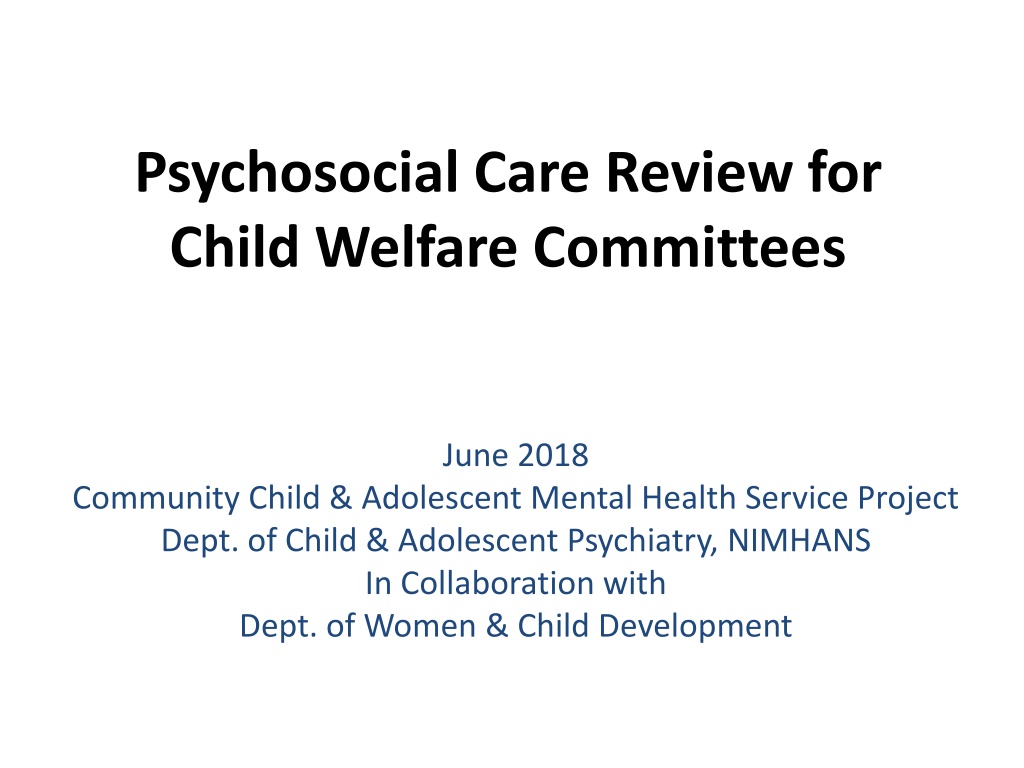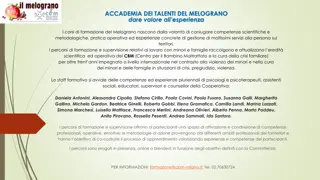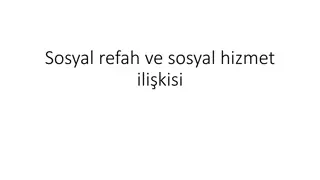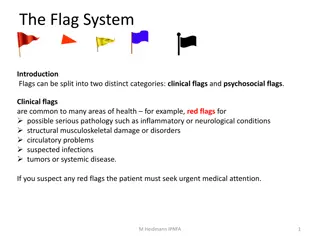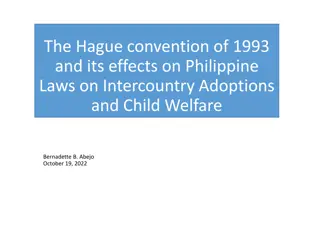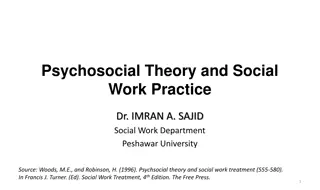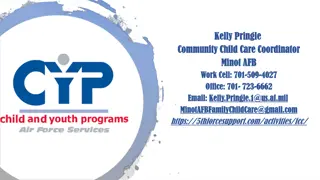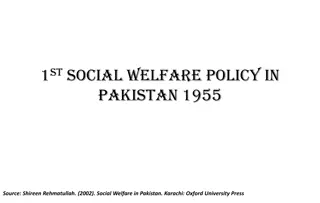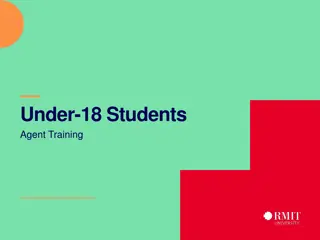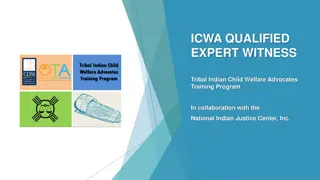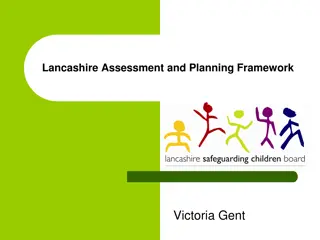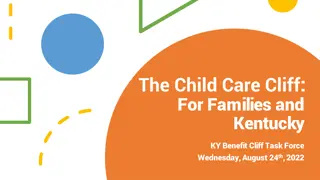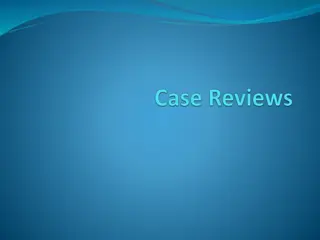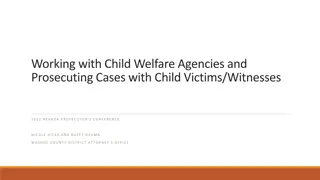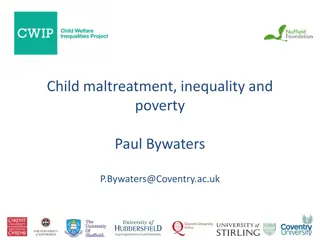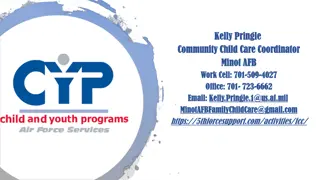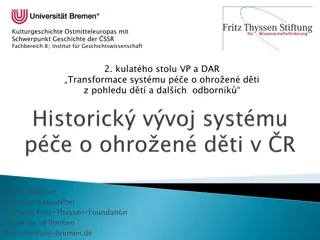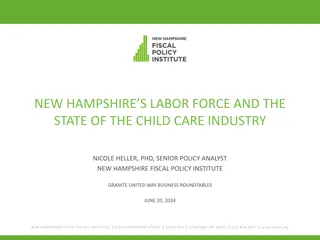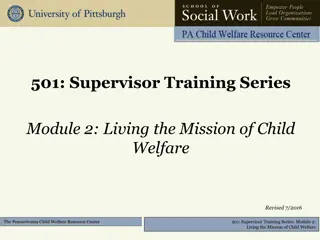Psychosocial Care Review for Child Welfare Cases
This review explores complex scenarios involving children in challenging situations within the welfare system. Each case presents unique dilemmas requiring thoughtful consideration and multidisciplinary perspectives to ensure the best outcomes for the children involved. From adoption struggles to health issues, abandonment, and behavioral challenges, these cases highlight the importance of comprehensive psychosocial care in child welfare services.
Uploaded on Mar 07, 2025 | 0 Views
Download Presentation

Please find below an Image/Link to download the presentation.
The content on the website is provided AS IS for your information and personal use only. It may not be sold, licensed, or shared on other websites without obtaining consent from the author.If you encounter any issues during the download, it is possible that the publisher has removed the file from their server.
You are allowed to download the files provided on this website for personal or commercial use, subject to the condition that they are used lawfully. All files are the property of their respective owners.
The content on the website is provided AS IS for your information and personal use only. It may not be sold, licensed, or shared on other websites without obtaining consent from the author.
E N D
Presentation Transcript
Psychosocial Care Review for Child Welfare Committees June 2018 Community Child & Adolescent Mental Health Service Project Dept. of Child & Adolescent Psychiatry, NIMHANS In Collaboration with Dept. of Women & Child Development
What we will do Read each case. Spend actions/response would be. Share your thoughts in plenary so we can obtain multiple perspectives on our work. Think of what you would do at that moment as well as at a later point in time. 2 minutes thinking what our
Case 1 X is a 5 year old girl who was adopted a few months ago. Suddenly, her adoptive parents bring her back, wanting to return her to the institution she was adopted from. They say that they found some health problem in the child; but the institution says child had no health issues and all standard tests were done before giving child in adoption. Parents say they adopted child so we have someone to take care of us in our old age not for us to take care of her health problems . Child is very distressed and wants to stay with mother refuses to leave her and go into institution.
Case 2 A well-dressed woman (aged between 20 and 30 yrs) comes to CWC with her 4 year old child, a boy. She says that she wants to relinquish the child and put him in the institution because she cannot take care of him. She reports that she is divorced from her husband, with whom she claims she now has no contact. She feels that the child is a burden to her and wants her own life/ does not want the responsibility of the child. The child looks afraid but at the same time, when others/ strangers try to engage him, he does not cry or ask for mother. (Note: This is an upper middle class family).
Case 3 A 13 year old boy is HIV+ is frequently in and out of the boys home. The previous CWC had made efforts to place him in institutions for HIV children but he kept running away from them; they had also had him treated at NIMHANS but the improvements were always temporary. Each time he would come back to boys home, he would instigate other children to smoke cannabis and join him in breaking windows and vandalizing property. Some home staff also argued that he should be sent to the observation home.
Case 4 N is a boy who appears to be about 15 years of age was apprehended at the railway station for travelling without a ticket. Both at the station, and in the children s home, he is often observed to be getting involved in violent fights with others. When inquiry is conducted, his narratives are very fragmented and inconsistent/ difficult to understand. He also says others call him hijrah and that is when he gets angry. The Home staff have observed some abnormalities in his physique such as development of breasts.
Case 5 P is a 16 year old girl brought to CWC by her parents who say that she has been sexually engaging with a 20 year old boy in the neighbourhood. The girl says she is in love with him; she also becomes increasingly distressed when suggestions are made to her about POCSO case/ police FIRs and medical tests.
Case 6 S is an adolescent, from another state, and rescued from sex trafficking. She is insistent that she is over 18 years and for the CWC to release her. When asked to provide details of her home/ family, she refuses to do so she is very guarded in her manner and does not reveal much upon inquiry.
ReflectionsWhat to Consider Child s psychosocial context and issues Child s right (to decide) The best interests of the child (safety versus risks) Other systems responses to the child/ how child is affected/ how you will respond to systems based on the above, plan for placement/ reintegration of child into family/referral to psychiatric facilities
Swatantra Clinic Dept. of Child & Adolescent Psychiatry, NIMHANS - Special Clinic for CWC/Child Care Institutions Referrals When: Wednesdays, 11 to 1 pm Where: Child Psychiatry Out-Patient Dept. (OPD) Send a letter of referral briefly explaining the problem of child + CWC s or institution staff s concerns
